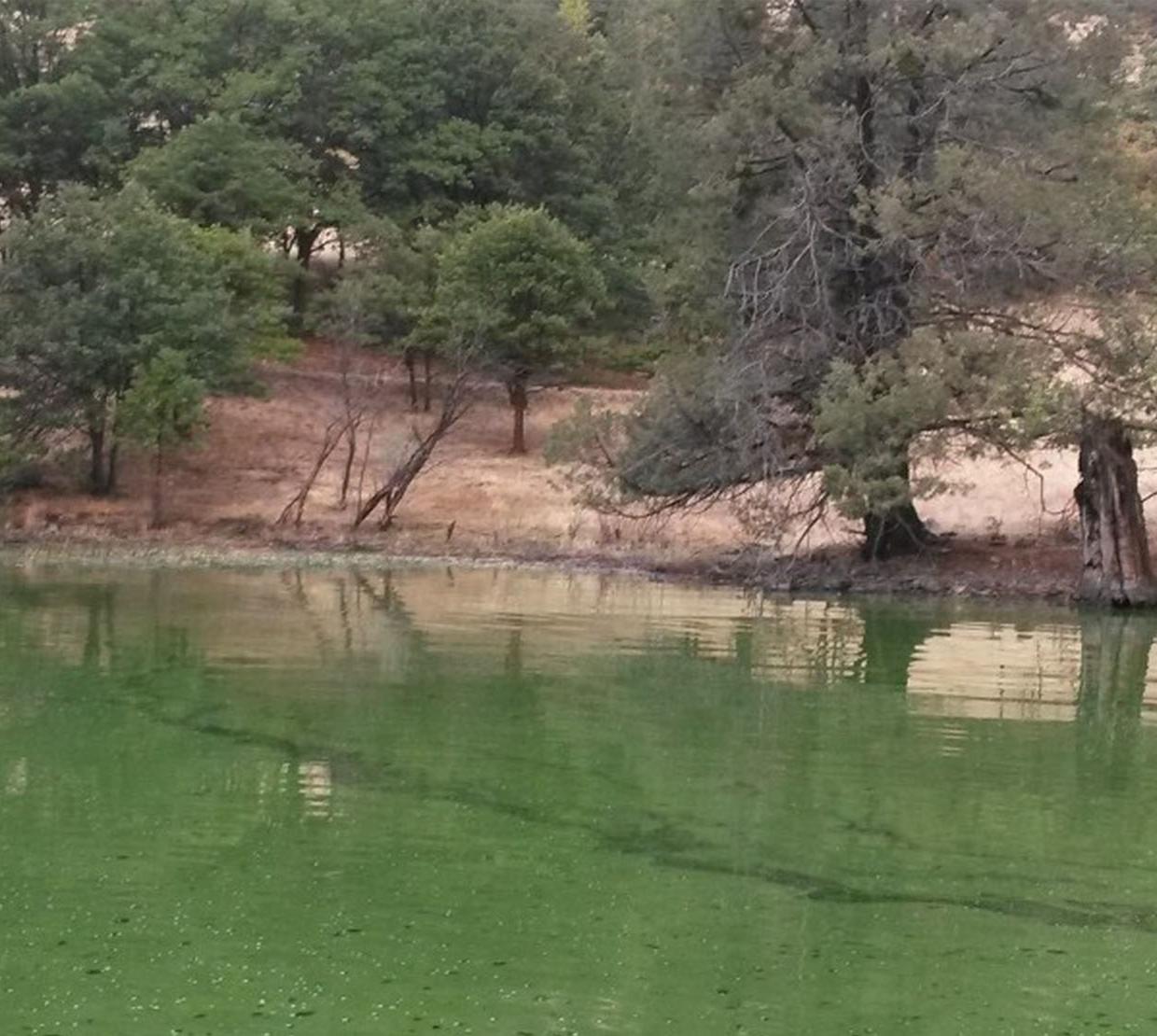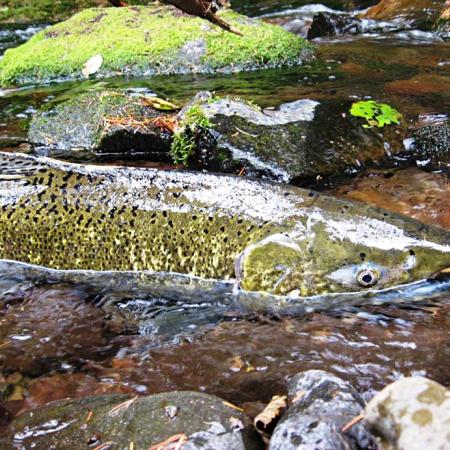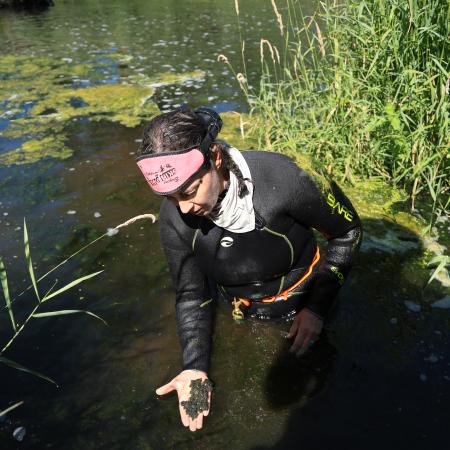Research by Oregon State University has shed new light on the hazards associated with harmful algal blooms such as one four years ago that fouled drinking water in Oregon’s capital city of Salem.
The study led by Theo Dreher, emeritus professor of microbiology, involved sampling of cyanobacterial blooms from 10 Oregon lakes including Detroit Reservoir, which provides drinking water for Salem. Ryan Mueller, associate professor of microbiology, also participated in the study.
Genome sequencing and toxin analyses enabled Dreher and collaborators in the OSU Colleges of Science and Agricultural Sciences to identify the precise types of toxins produced by specific organisms.
“This information is important for protecting public health, both with regard to consumption of drinking water and exposure to toxins through recreation on lakes,” Dreher said. “Two toxin-producing Dolichospermum cyanobacteria were present in Detroit Reservoir, one producing a type of cylindrospermopsin and another producing an uncommon form of microcystin. Occurrences of toxins had been known previously, but now we know the precise toxin types and the organisms making them.”
Cyanobacteria, often referred to as blue-green algae, are microscopic organisms ubiquitous in all types of water around the globe. They use sunlight to make their own food and in warm, nutrient-rich environments and can quickly multiply, resulting in blooms that spread across the water’s surface.
These harmful algal blooms, often abbreviated to HABs and which are of concern when visible in lake water, can form at any time of the year but most often between spring and fall.
In 2007 a national survey by the Environmental Protection Agency found microcystin, a recognized liver toxin and potential liver carcinogen, in one out of every three lakes that were sampled. Some strains of cyanobacteria can also produce neurotoxins, while most of the toxin-producing algae can cause gastrointestinal illness and acute skin rashes.
Among the 10 bodies of water surveyed, toxigenic Dolichospermum cyanobacteria caused blooms in four of them: Detroit Reservoir and Odell Lake in the Cascades, Lake Billy Chinook (Metolius Arm) in central Oregon and Junipers Reservoir, a private reservoir west of Lakeview in southern Oregon.
Dreher notes that the Salem scare, along with the death of more than 30 steers from drinking cyanotoxin from Junipers Reservoir in June 2017, raised awareness of the hazards of cyanobacterial blooms in the state. The Oregon Legislature has since provided funding to the Department of Environmental Quality in an effort to improve the state’s ability to detect blooms and respond to them, he said.
If a person or a pet comes in contact with water that may contain harmful bacteria, the Centers for Disease Control and Prevention advises immediate rinsing with fresh water. Dogs should not be allowed to lick the contaminated water off their fur, the CDC adds, and a veterinarian should be called right away.
Read the full story here




